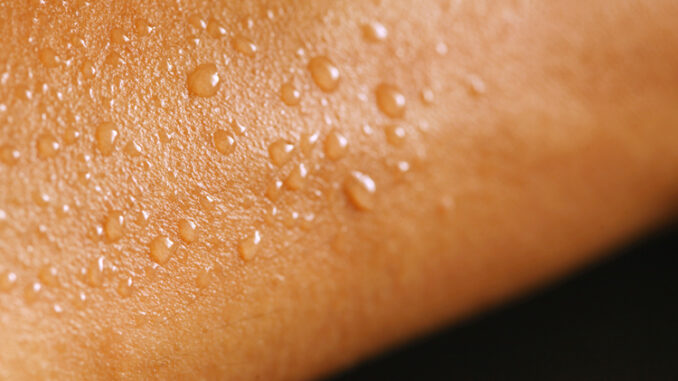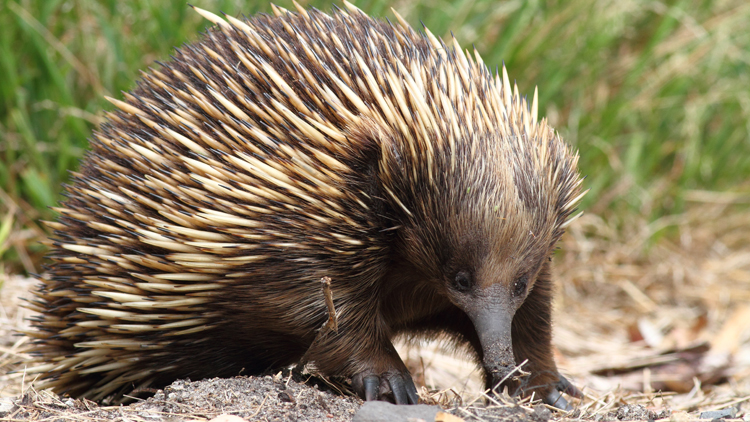
Mammals have unusual ways to regulate the temperature of their bodies. They use moisture. Moisture helps to lower their body temperature when the outside temperature rises. The moisture evaporates, cools their bodies, and prevents their bodies from overheating. Humans have sweat glands. Sweat glands release moisture. This cools the skin when it is too hot. Dogs pant, and cats lick themselves. Some mammals spit on themselves to lower their body temperature. Echidnas do something even more interesting. They blow snot bubbles to cool off!

Spike-covered echidnas use their noses for survival.
Echidnas are monotremes. Monotremes lay eggs instead of giving birth to live babies like other mammals. They have spiky bodies and look similar to hedgehogs. Echidnas use their snouts to find food and to lower their body temperature. They live in rainforests, deserts, and even snow-covered mountains in Australia and New Guinea. These habitats require echidnas to adapt to a wide range of temperatures. Any temperature above 95 degrees Fahrenheit is dangerous for echidnas. It is life-threatening for echidnas to get too hot. Scientists used infrared light to study the habits of echidnas. They were curious about how these mammals survived extreme temperatures. They discovered that the tip of their noses were moist and cool when the rest of their body was hot. They observed the echidnas blowing snot bubbles. When the bubbles popped, the snot moistened the nose. That moisture draws heat from a unique blood-filled cavity in the nose. Once the heat from the blood reaches the moisture on the nose, the warm moisture evaporates. The evaporating moisture takes some heat with it! This lets the rest of the body cool down. For mammals like echidnas, cooler blood means a cooler body temperature.
What Do You Think? Why is studying animal habits important? Can we also learn how animals keep warm in wintry weather using infrared cameras?
Photo Credit: (t)Tatchaphol/Shutterstock, (b)Wayne Butterworth/Shutterstock



